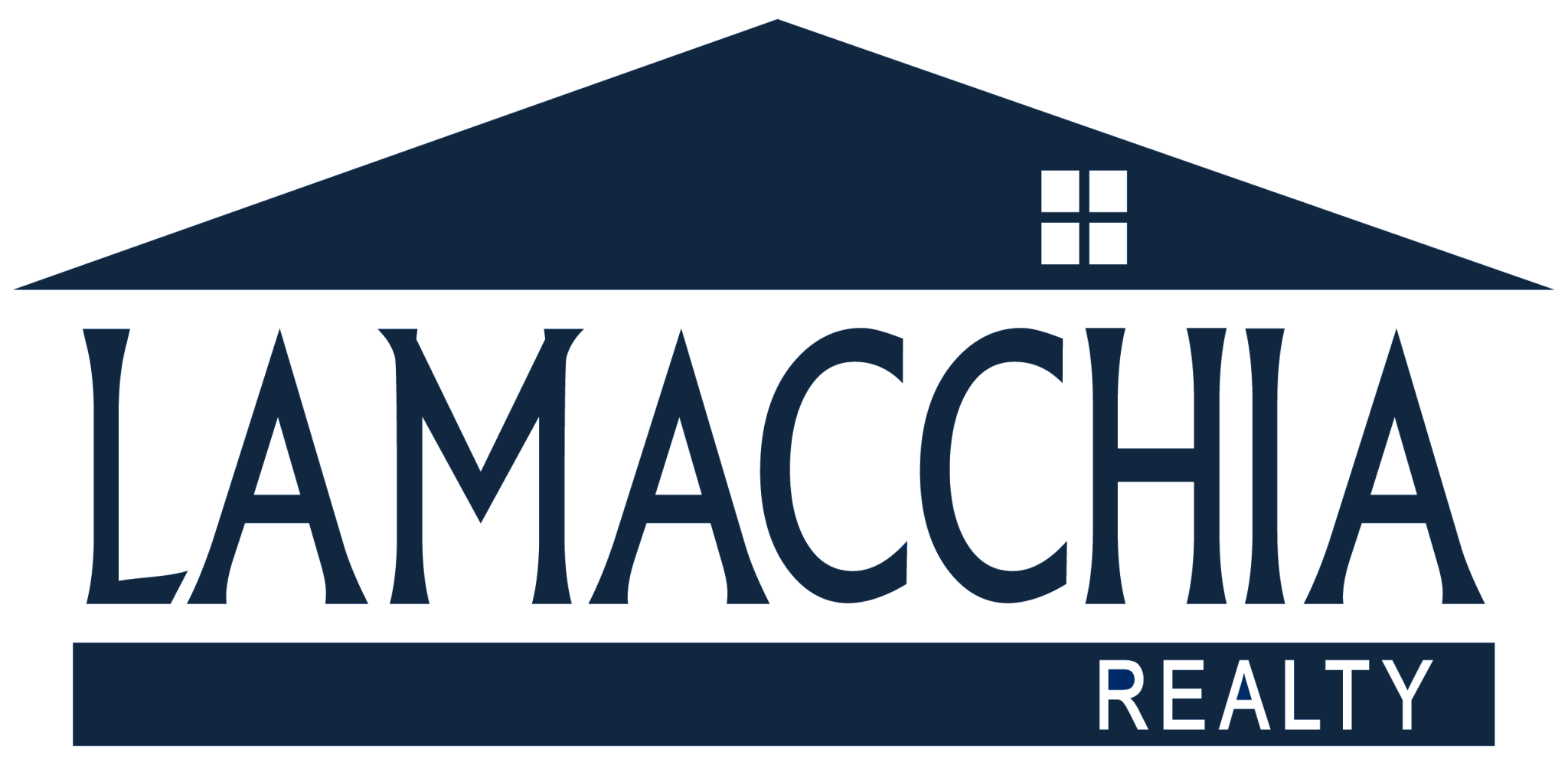
It’s not often that home buyers find a house that embodies everything on their wish list. If compromising on your wish list isn’t an option, building a custom home is the path that makes the most sense. It sounds exciting. You find a buildable lot in your price range, hire a contractor and in a few months’ time, you’re moving into your brand new dream home.
If only it worked out that way. For most people, building a custom home requires many steps, an infinite amount of due diligence on the buyer’s part, and a ton of research. Time is also a key factor. It’s rare that construction ends on time and the entire building process from the property search to move-in can be well over a year.
We have put together a list of 8 key questions and points of interest that buyers should research.
1. Cost
The cost of land is only a piece of the budgeting for building a custom home. It’s important that you first price out what you can afford overall and then work backward from there. If you’re paying cash you know the cold hard number. If you’re paying for this through a mortgage, you’ll have to consider what your down payment will need to be, how much you can afford per month and, if the land price will come from the mortgage, you’ll have to deduct that price from your overall number to determine what you have left to spend on the construction.
With that being said, there’s more to pay for than what it costs to build the house. You have to consider the price for demolition if you’re buying a lot with an existing structure, permitting, potential excavating, establishing a connection from the property to nearby utilities, water, energy, and sewer, among other items. It’s recommended that you work with a buyer’s agent that has experience working with clients who’ve purchased land for which to build.
2. Financing the Project
Finding a spare plot of land in this area- or any heavily settled part of the country- is hard to come by. What is more likely to happen is that a property will become available on the market that has a structure on it that needs to either be completely demolished or significantly renovated. Cash is king- if you can pay cash for the entire job (property purchase to demo to move in) then this doesn’t apply to you. For a bank to finance the project, the appraisal of the plans (which will assess the future value of the newly constructed home) must show that you’ll have at least 20% equity.
For example:
Land Purchase Price: $400K
Cost of Demolition: $20K
Cost of Construction: $300K
Your Total Investment $720K. The bank would need to appraise the final value at $900K to offer you a mortgage. Final values are based on a comparative analysis of other homes in the area as well as the construction itself.
3. Location, location, location!
Your next step is to find a lot that’s zoned for residential construction, but more than likely in this area, you’re buying a “tear down” -an existing home to knockdown. You determined your area of the world; you know which state, town, and neighborhood you’d like to establish your foundation. Now you’ve narrowed this area down to a few lot options if you’re lucky. Don’t fall in love just yet. You must first determine if the lot is zoned for the type and size of the house you’re planning.
You also have to determine if the neighborhood has Covenants, Codes, and Restrictions, which essentially are the neighborhood rules. Some communities or developments have understandable guidelines for ownership, such as you must maintain your property, or not park in the street during a snowstorm. But other guidelines may end up restricting the style or size of the house you’d like to build. They can also have rules that prohibit fences, paint colors, and other decorative items, so look into this before you make an offer.

4. Don’t be set back by “setbacks”
Buildable plots of land have predetermined borders called ‘setbacks’ which determine how close to the border of your property a house can be built. Depending on the lot size, that may reduce how much surface area your home or garage can consume. Hire a licensed property surveyor to determine the property lines so you know what you’re working with.
5. Utility installation costs
You’re going to need a water pipe connection from your house to the nearest water main, you’re going to need gas or oil for energy, power lines, a septic tank, or a hook up to the town sewer. You’ll need permits for each, installation and inspections. Price this out! You may find this property has zero utility connections and that you’re going to have to start from scratch. Some undeveloped land does have these connections already which could save you a lot of money. A teardown will likely have these utilities installed which can be a huge money saver, but they may be in disrepair and need maintenance, so get them checked.
6. Is the land construction-ready?
It’s probable that the land itself will need care before the home can be built. It’s important for you to research what needs to be done prior to construction and what the fees will be. You’ll have to know if there are problem soils, tree clearing costs, grade issues that may require filling with soil, gravel, or stone, potential blasting requirements for the foundation or utility installation, site drainage installation and as well retaining walls that may need to be constructed. Just because the land looks flat doesn’t mean it’s ready- so do your homework!
If your first step is knocking down a home prior to construction you should see what the town’s rules are and how they compare between complete demolitions and partial renovations. It may be easier to obtain permitting if you knock down the existing structure but build on the same foundation or keep a few of the original walls up.
7. Bring in the professionals
It’s highly recommended that you hire an engineer and an architect who work together. It streamlines the process and can save you money in the long run. As well, when you determine
which builder you want to hire, it makes sense to work with a professional who is familiar with the neighborhood. This will make it easier for you and your team to identify what needs to be done more efficiently. They’ll likely be knowledgeable about required permits, costs, and town regulations. The timeline should be determined with your building team as well. You should have a solid idea of when your move-in date will be so you can plan accordingly.
Make sure that you learn about which permits are required to build and what they each cost, as this is a significant expense and can cause hold-ups if you don’t have what you need on time. A team specializing in teardowns- if that’s your path- is highly recommended.
8. What will the neighbors think?
Will your neighbor be residential, commercial, or conservation land? If there’s already a person or business next door, you might need to notify them of your building plans. If there’s no one there, it is suggested that you determine who owns the land or what it’s zoned for. It may be a lovely wooded area now with a great view, but if the land behind your property is zoned for commercial construction, you may be looking at a gas station in two years instead of fall foliage- not an easy home to sell if your dining room faces loading docks. Buyer beware!
